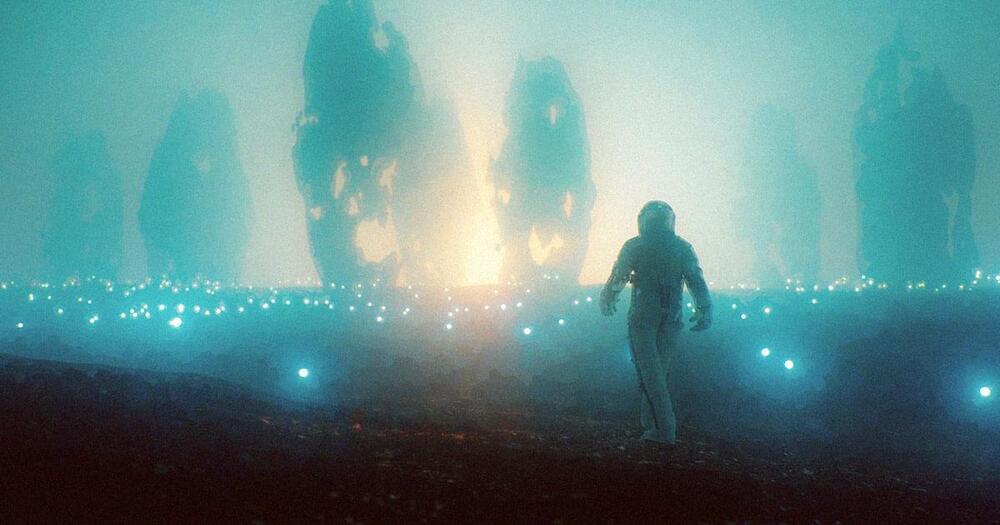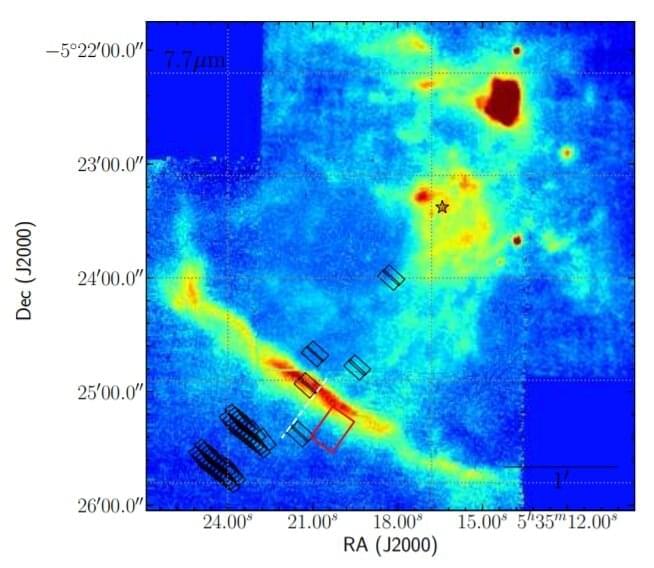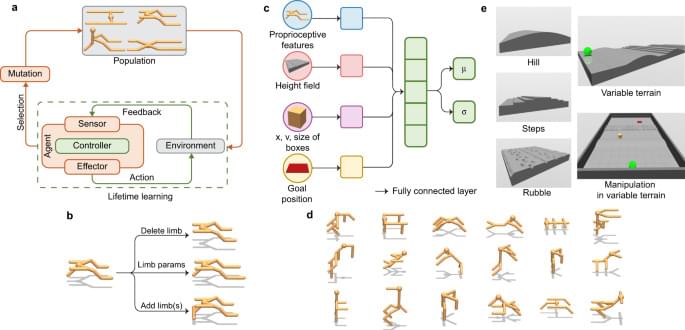Are viruses alive or are they lifeless packages of protein and nucleic acid?
Watch the Q&A: https://youtu.be/-LUQTjdHYNo.
Carl’s book “Life’s Edge: The Search for What It Means to Be Alive” is available now — https://geni.us/zimmer.
Countless scientists around the world study life, and yet they can’t really agree on what it is. Join New York Times columnist Carl Zimmer as he explores the boundaries of life, encountering viruses and other strange residents of the borderlands.
Carl Zimmer is the author of fourteen books about science. Zimmer’s column “Matter” appears each week in the New York Times. His writing has earned a number of awards, including the Stephen Jay Gould Prize, awarded by the Society for the Study of Evolution. His book, She Has Her Mother’s Laugh, won the 2019 National Academies Communication Award. The Guardian named it the best science book of 2018.
Zimmer is a familiar voice on radio programs such as Radiolab and professor adjunct at Yale University. He is, to his knowledge, the only writer after whom both a species of tapeworm and an asteroid have been named.
This talk was recorded on 26 August 2021.
–





